Observability Foundation (OBF)®
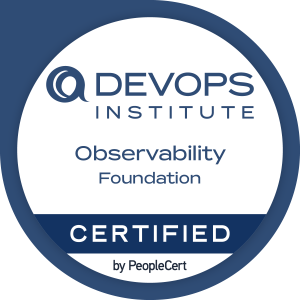
Observability Foundation (OBF)®
SSG Funding Course ID: TGS-2025053115
Course Duration: 3 days, 9am-6pm
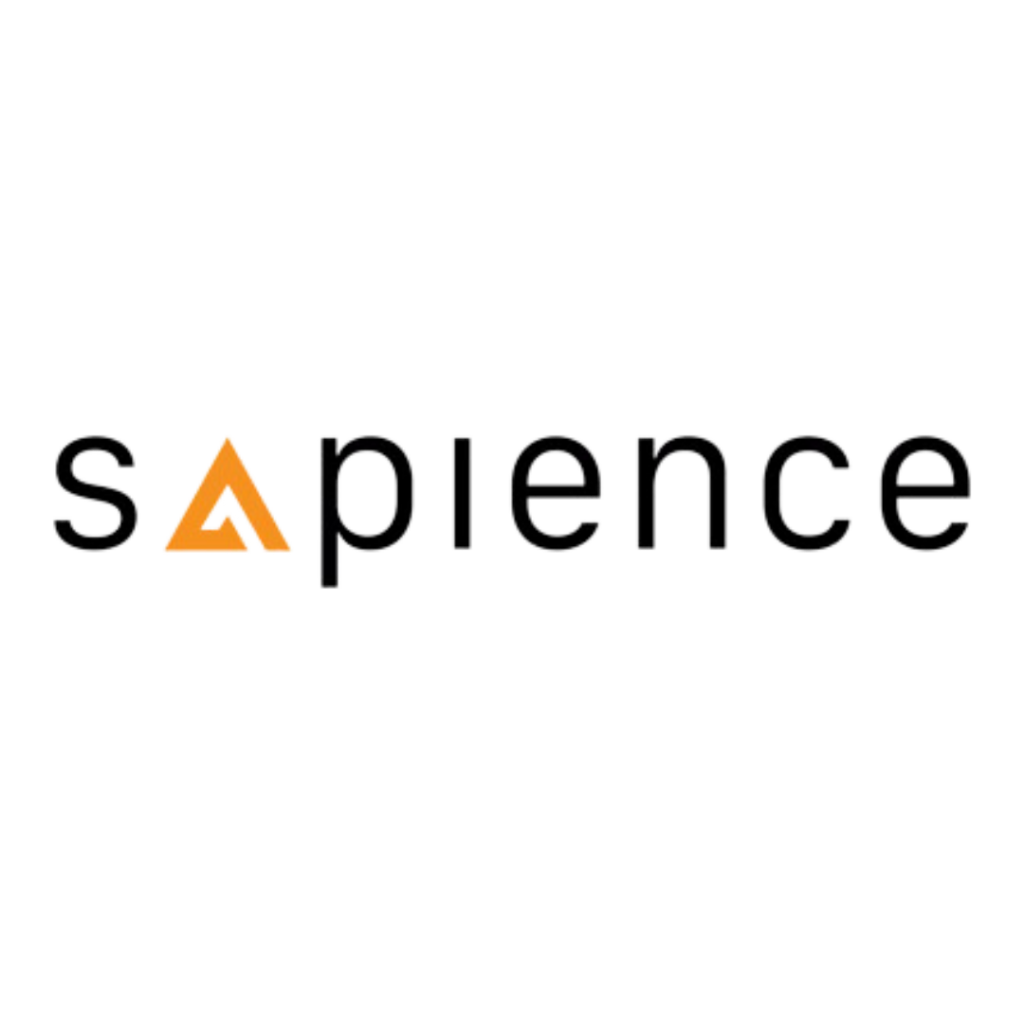
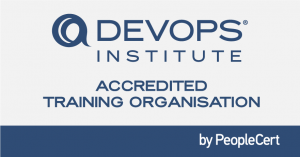
Microservices and Cloud-Native architectures have been goals of many organisations to help increase speed and agility, but as complexity grows, systems become increasingly challenging to observe. When issues occur, these issues are often difficult to triage and identify the root causes.
This course introduces a range of practices for advancing resilience and how to architect end-to-end Observability for Cloud-Native applications. The advantages of building full-stack metrics, events, logs, and distributed tracing are introduced, along with the impact of DevSecOps on Observability and how AIOPs enhance Observability capabilities. This course also covers how Network and Security Observability plays a key role in building reliability, the key aspects of security operations and automated responses are covered. Gain tangible takeaways to leverage situations such as implementing MELT models effectively, that fit their organisational context, building distributed tracing and resiliency by design.
The course is developed by leveraging key experts in the fields of telemetry, sources of knowledge and engaging with thought-leaders in the Observability space, and working with organisations who have crossed the chasm of modern Observability to extract real-life best practices.
- Exploring Observability
○ What is Observability?
○ MELT
○ Importance of Observability
○ Why Traditional Monitoring is not Enough
○ Observability Maturity Model
○ Challenges with Observability - Pillars of Observability
○ Defining telemetry
○ The Three Pillars of Observability – Logs, metrics, and traces
○ Distributed Traces
○ Parts of a Trace
○ Tracing: Error Diagnosis - Open Source Landscape for Observability
○ What is Observability made of?
○ Open Telemetry
○ Open Telemetry Libraries
○ OpenTelemetry Agents & Collection
○ The Rest of the Open Source Ecosystem - Service Maps and Topology
○ Service maps
○ Topology
○ Time Travel Topology
○ Escalation Graphs
○ The 4 T’s - DataOps Helps Get Observability Right
○ Observability and the Data Paradox
○ Why Observability need DataOps
○ Data Ownership and Governance
○ Data Privacy & Observability
○ Data Confidentiality, Integrity & Availability
○ Maintaining CIA Triad - Building Observability with AIOps
○ What is AIOps
○ AIOps Platforms
○ Enterprise Platform for AIOps
○ AI/ML Use Cases
○ Auto-Instrumenting Optimisation
○ Feedforward CI/CD into AIOPs
○ Feedback AIOps into Quality Gates - Security and Networking with Observability
○ Observing Security
○ Monitoring Security with eBPF
○ Container Security
○ Network Observability
○ Visibility and Integration of various sources - Observability Practices for DevOps and SRE
○ Observability Indicators
○ Dashboards and Visualization
○ Chaos Engineering
By completing this course, the following Learning Outcomes (LO) will be achieved:
- LO1: Evaluate organisation’s performance by applying the observability maturity model.
- LO2: Introduce observability practice and develop monitoring metrics in IT environment.
- LO3: Implement open source solutions, tools and techniques for observability in the analysis of triggers and performance.
- LO4: Analyse IT component metrics / topology and service performance using observability.
- LO5: Apply DataOps in observability to optimise performance.
- LO6: Determine use cases considering costs, benefits and impact of observability with AIOps in the organisation.
- L07: Recommend improvements to optimise performance using observability with AIOps.
- L08: Identify the improvements in current IT environment using observability.
- L09: Collect and analyse data by applying observability practices for DevOps and SRE.
- Language and literacy proficiency level : Minimum 3 GCE ‘O’ Levels Passes including English or WPL Level 5
- Required years of experience in relevant domain : Minimum of 1 year of working experience.
Candidates who attend the course will be better positioned to successfully complete the Observability Foundation certification examination.
About the examination:
- Exam duration: 60 minutes to complete the exam.
- Exam format: 40 questions, multiple choice, proctored, open-book.
- Passing score: 26 marks required to pass (out of 40 available) – 65%.
All exams will be conducted online. The exams are web-proctored by PeopleCert and are available 24/7. Successful participants earn the AIOps Foundation certification.
Certificate of Attendance from Sapience Consulting:
Upon meeting at least 75% attendance and passing the assessment(s), participants will receive a Certificate of Attendance from Sapience Consulting.
The following information are relevant for candidates who are seeking SSG-funding support for the course:
- Assessments
Candidates must pass all prescribed tests/assessments and attain 100% competency to be eligible for funding support.
○ Mode of Assessment: Written Assessment, Case Study Assessment. - Statement of Attainment (SOA) from SkillsFuture Singapore:
After passing the assessment(s), you’ll receive a SkillsFuture Singapore Statement of Attainment (SOA) certifying that you have achieved the following Competency Standard(s):
○ ICT-OUS-4010-1.1 – Performance Management-4.
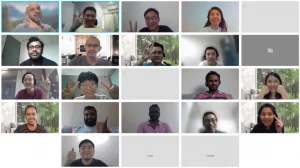
Hear What Our Students Say About Us
Funding Available
SSG Funding
SSG Funding
PSEA Funding
PSEA Funding
SkillsFuture Credit
SkillsFuture Credit
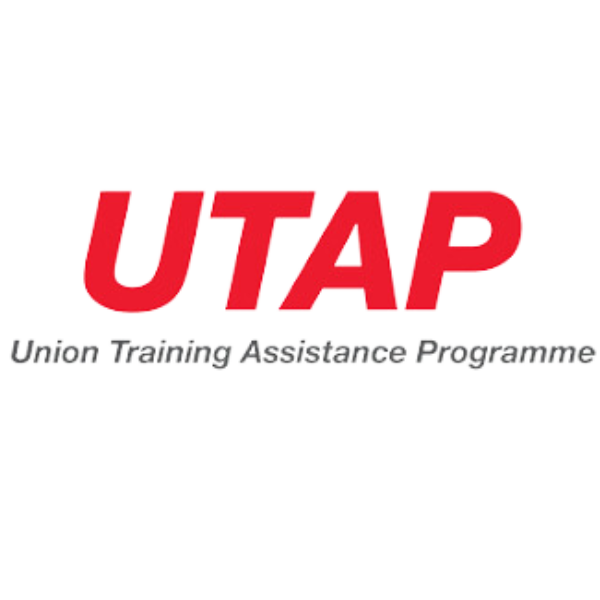
Supported by UTAP
Supported by UTAP
Why Us?
Complimentary refresher
Participants can attend a complimentary refresher if they wish(1-year validity and subject to approval)
Post Course Advisory Support
Should you have questions after the course, you may contact the trainer for assistance regarding course material
E-learning Portal Access
1 year access to our E-learning portal. Including:
- E-books available for download
- Official sample exam
- Randomised quiz formulated by Sapience Trainers based on past examinations
Meet Your Trainer
Principal Consultant
Sapience Consulting
Senior Consultant
Sapience Consulting
Principal Consultant
Sapience Consulting
Senior Consultant
Sapience Consulting
Senior Consultant
Sapience Consulting
Senior Consultant
Sapience Consulting
Senior Consultant
Sapience Consulting
Consultant
Sapience Consulting
Related courses
Devops and the Swirl logo are registered trademarks of the PeopleCert group. Used under licence from PeopleCert. All rights reserved.




